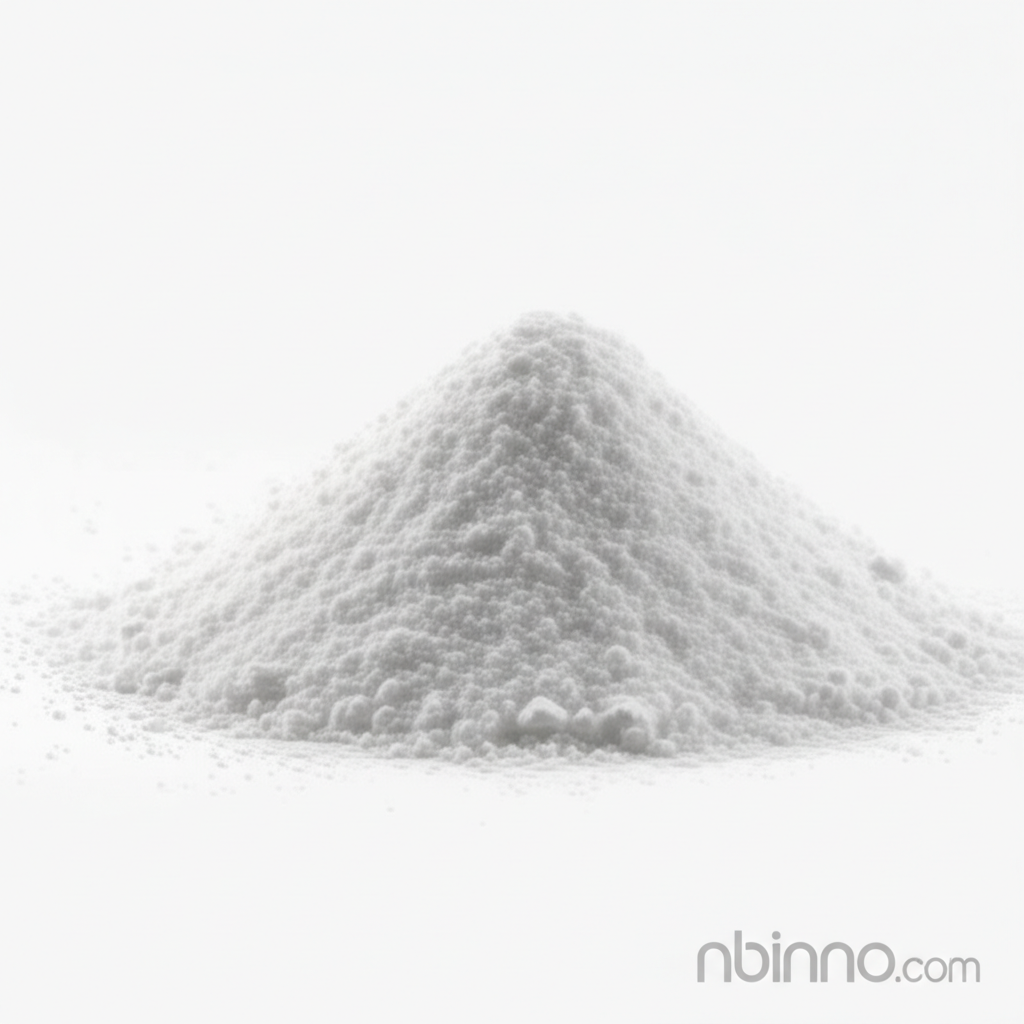Stearic Acid: Enhancing Rubber Durability and Performance
Discover the critical role of Stearic Acid in rubber vulcanization and processing, a key ingredient for improving elasticity, wear resistance, and overall product longevity in various industrial applications.
Get a Quote & SampleProduct Core Values

Stearic Acid
As a leading supplier in China, we provide high-quality Stearic Acid (CAS: 57-11-4, C18H36O2), an essential fatty acid vital for the rubber industry. It acts as a crucial vulcanization activator, significantly improving the mechanical properties and durability of rubber products. Our Stearic Acid enhances the vulcanization process by facilitating rapid cross-linking, thereby reducing processing time and temperature, and ultimately leading to superior product performance.
- Improve rubber elasticity with stearic acid, ensuring products remain flexible and resilient under stress.
- Leverage Stearic Acid as a vital dispersant for fillers in rubber, promoting uniform distribution of components like carbon black for consistent quality.
- Utilize the benefits of stearic acid in rubber processing, which aids in reducing viscosity and preventing adhesion to processing equipment.
- Benefit from stearic acid as vulcanization activator to speed up curing times and lower processing temperatures, boosting production efficiency.
Key Advantages Offered
Enhanced Vulcanization
Stearic acid functions as a potent vulcanization activator, working synergistically with accelerators to speed up the sulfur cross-linking reaction, leading to improved physical and mechanical properties of the final rubber product.
Superior Processability
As an excellent processing aid for rubber, stearic acid reduces viscosity and internal friction within rubber compounds, making them easier to mix, mold, and extrude, while also improving mold release.
Effective Filler Dispersion
Stearic acid acts as a critical dispersant for fillers in rubber, ensuring that agents like carbon black and silica are evenly distributed, which is essential for enhancing wear resistance and overall product consistency.
Key Applications
Tire Manufacturing
Stearic acid is indispensable in tire manufacturing, contributing to improved processing, enhanced wear resistance, and better adhesion between rubber and reinforcing materials, ultimately ensuring tire safety and longevity.
Industrial Rubber Goods
For products like conveyor belts, hoses, and gaskets, stearic acid aids in processing and imparts desirable properties such as increased hardness and tear strength, making it a vital component for durability.
Automotive Components
Used in seals, grommets, and vibration isolators, stearic acid enhances the longevity and performance of critical automotive rubber parts, ensuring reliability in demanding conditions.
Footwear and Sporting Goods
In footwear and sporting equipment, stearic acid contributes to efficient mixing and improves material properties, resulting in more durable and wear-resistant end products.
